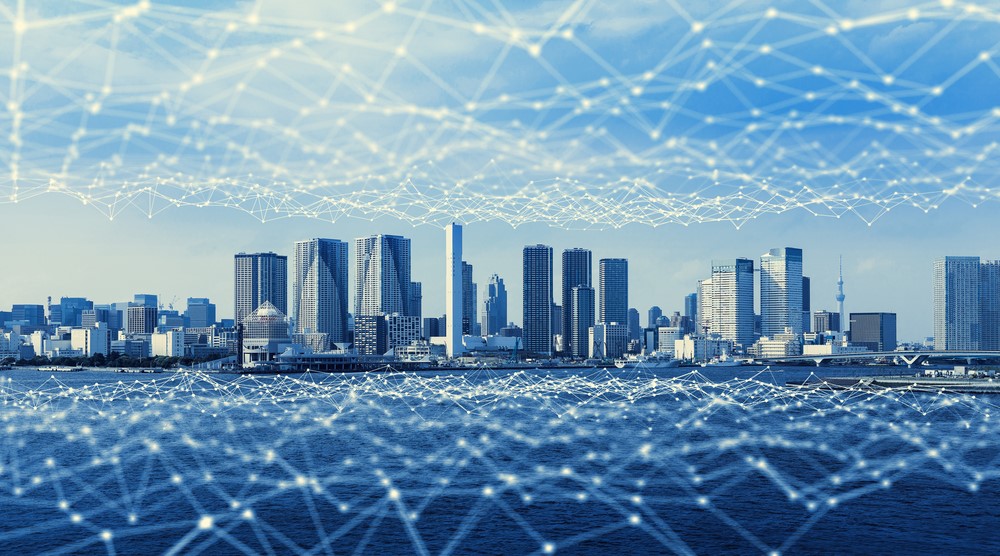Much has been said about the recent presentation of Elon Musk’s Neuralink, in which neural activity of a pig has been shown, retrieved from an implanted chip in the pig’s brain. Revolutionary, and certainly possible in human brains. In fact, this has already happened. A man, named Bill Kochevar, was able to walk after again after the insertion of a brain implant 10 years ago (he was paralyzed neck down) (Velasquez-Manoff, 2020). The possibilities are thus endless for, by definition, cyborg undergoings. However, for space exploration – one of Mr. Musk’s other pet peeves – we should ask ourselves whether humans should actually go themselves, or rather a version of themselves.
The space exploration race is full throttle again. The Chines space agency is launching increasingly more rockets into space and has developed a reusable rocket. SpaceX has brought astronauts to the ISS as the first commercial enterprise. Further, the company has always been clear about going to Mars, the goal to bring humans to Mars in 2024. In this endeavor, it partners with NASA, which has iterated its vision lately. Mars would serve as a hub for further space exploration. The rationale is that it is easier to launch from Mars due to the atmosphere being less dense, which would require less fuel propellant, that is retrievable from Mars’ surface.
Any way, it’s evident how optimal the circumstances have to be for space travel. Traveling to Mars, being one of the relatively close planets to earth, would require an 8-month (!) journey. This journey of 8 months can only happen once every 4 years, when both earth and Mars are in closest proximity due to differences in their orbits. Then still, an 8-month journey in tight space is not optimal for someone’s mental and physical state, even longer journeys would be disastrous. Biological beings are simply not made for space travel.
Sara Seager, MIT astrophysicist and MacArthur fellow, says that “a form of life that could traverse the galaxy or travel to a distant star system would probably have to be nonbiological” (Plasencia, 2019). Humans are just able to live in the perfect, well-designed environment on earth, and even adapted to it (Plasencia, 2019). She therefore thinks that life we encounter will probably be nonbiological (Plasencia, 2019). The same holds for our exploration. Ray Kurzweil, inventor and best-selling author, states that humans will be merged with computers by 2045 (O’Leary, 2020) and our conscious will become fully digitized (New World: AI, 2019). In this, AI serves a big role.
With advances in AI and the constraints that our biological body brings with regards to space exploration, our consciousness will roam further as digitized beings in space, sooner or later. These experiences might in turn even be monetized, by sending visuals (among others) from the outer skirts of space to brain chips of our future selves. Well, I would rather pay for that than go myself, would you?
New World: AI (2019). Exponential Artificial Intelligence Can Immortalize Human by Digitizing Conscious: Ray Kurzweil. [online] New World : Artificial Intelligence. Available at: https://www.newworldai.com/exponential-artificial-intelligence-can-immortalize-human-by-digitizing-conscious-ray-kurzweil/ [Accessed 27 Sep. 2020].
O’Leary, D. (2020). Are We Doomed Unless We Get Ourselves Digitized? [online] Mind Matters. Available at: https://mindmatters.ai/2020/03/are-we-doomed-unless-we-get-ourselves-digitized/ [Accessed 27 Sep. 2020].
Plasencia, A. (2019). Why Exoplanets Matter: In Conversation With Sara Seager. [online] The MIT Press. Available at: https://thereader-mitpress-mit-edu.eur.idm.oclc.org/exoplanets-sara-seager-interview/ [Accessed 27 Sep. 2020].
Velasquez-Manoff, M. (2020). The Brain Implants That Could Change Humanity. The New York Times. [online] 28 Aug. Available at: https://www.nytimes.com/2020/08/28/opinion/sunday/brain-machine-artificial-intelligence.html [Accessed 27 Sep. 2020].


